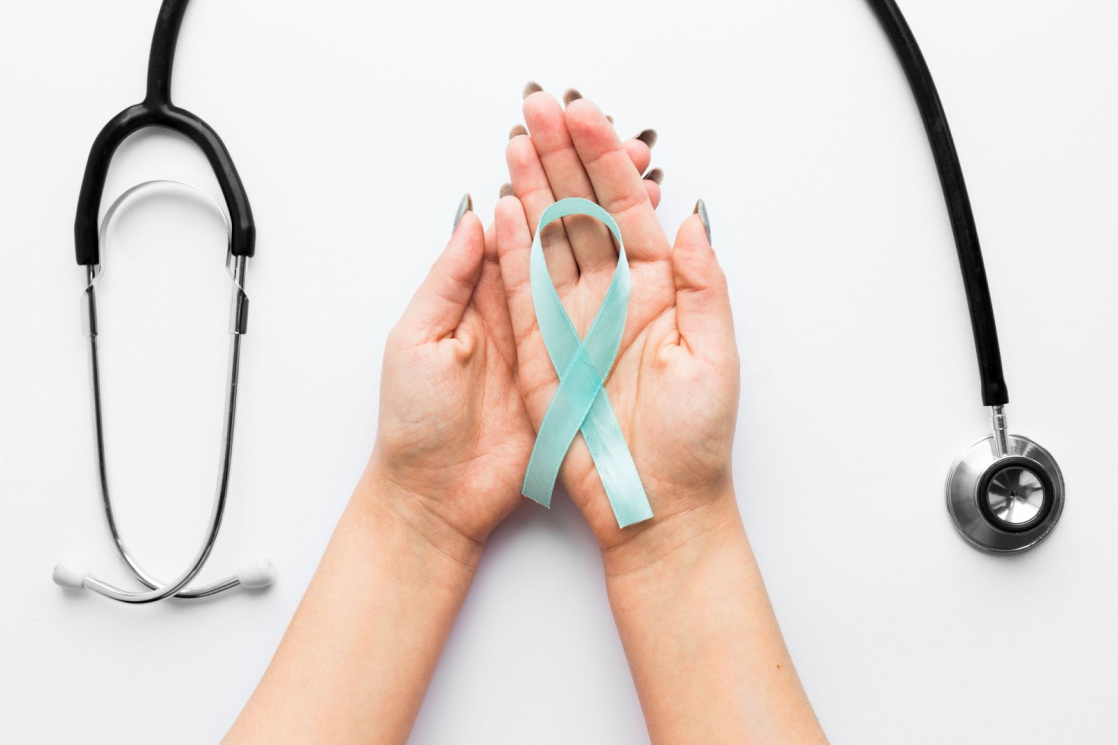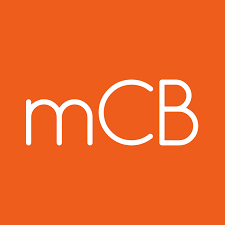
Ovarian Cancer Awareness Month: Risk Factors and Taking Action
- Family history and genetic factors play important roles in risk assessment
- Age is a significant risk factor — don’t dismiss symptoms in older women
- Caregivers play a crucial advocacy role
Read Time: 5 minutes
This is Part 2 of our Ovarian Cancer Awareness Month series. Read Part 1 about symptoms if you missed it.
In our first post, we discussed how to recognize the warning signs of ovarian cancer. Today, let’s explore who is most at risk and what caregivers can do to help protect the seniors in their care.
Understanding Risk Factors
While any woman with ovaries is at some risk of ovarian cancer, certain factors can significantly increase that risk. Understanding these factors is crucial for both seniors and their caregivers.
Family history plays a major role. If someone in your family has had ovarian or breast cancer, your risk increases substantially. This connection exists because of genetic mutations, particularly BRCA1 and BRCA2, which can be inherited from either parent and dramatically raise the risk of developing ovarian cancer.
Age is another significant factor. Risk increases with age, particularly after menopause, which is why ovarian cancer awareness is so important for senior caregivers. Many women also don’t realize that hormone replacement therapy can increase their risk. Using HRT with estrogen alone or combined with progesterone raises the risk for ovarian cancer, and the longer you take estrogen, the greater your risk becomes.
Interestingly, there are also protective factors.
Women who have been pregnant, especially before age 26, have lower risk, as do those who used oral contraceptives or breastfed their children. Understanding both risk and protective factors helps create a complete picture of individual risk.

The Diagnostic Process
When ovarian cancer is suspected, healthcare providers use several tools:
- Pelvic Examination: Healthcare providers check for abnormal sizes or shapes in ovaries and other organs
- Transvaginal Ultrasound: The most sensitive imaging for ovaries and fallopian tubes
- CA-125 Blood Test: Measures tumor markers but can be elevated for other reasons, so it’s not reliable for screening alone
- CT Scans and MRI: Determine tumor location and size
- Biopsy: For definitive diagnosis
The Caregiver’s Critical Role
For those caring for senior women, your role in ovarian cancer awareness cannot be overstated. You’re often the first to notice subtle changes in the people you care for, changes that might be dismissed as normal aging.
Being vigilant about symptoms means learning to recognize when bloating, pelvic pain, eating difficulties, or urinary changes are persistent rather than occasional. Keep detailed records of what you observe – note the frequency, severity, and duration of any concerning symptoms. These records become invaluable during medical appointments and help healthcare providers understand patterns they might otherwise miss.
Many women stop seeing their gynecologist after menopause, but preventive screenings remain important throughout life. As a caregiver, encouraging and facilitating these regular check-ups can be lifesaving. Don’t hesitate to advocate for thorough evaluation when something doesn’t seem right, and specifically ask about ovarian cancer during medical visits.
Knowing and documenting family history is equally important. Many seniors may not have complete information about their family’s cancer history, or they might not think to mention it to healthcare providers. As a caregiver, you can help gather this information and ensure it’s communicated to medical professionals.
Hope for the Future in Canada
The future for ovarian cancer treatment and detection is brighter than it’s been in decades.
Recent advances have been made in diagnostics and therapies, with clinical trials being conducted across Canada, including at medical centers in Toronto, Halifax, and Edmonton (Genome Prairie).
One particularly promising development is the Ovarian Cancer Genomics Project, which will help patients be treated based on their specific genetic makeup, potentially improving outcomes significantly (Genome Prairie). After years of limited progress, these advances offer real hope for better survival rates and quality of life for those affected by ovarian cancer.
The Power of Early Action
The statistics are sobering, but they also highlight why awareness matters so much. When ovarian cancer is detected early, survival rates improve dramatically. As caregivers, you have the power to help ensure that no symptom goes unnoticed and that every woman receives the care and attention she deserves.
Family history and genetic factors play important roles in risk assessment, and age is a significant risk factor that should never lead to dismissing symptoms as “just getting older.” Your advocacy can make the difference between a symptom being overlooked and a life being saved.

Canadian Resources:
- Ovarian Cancer Canada: ovariancanada.org
- Canadian Cancer Society: 1-888-939-3333 or cancer.ca
This information is for educational purposes and should not replace professional medical advice.
